Seasonal Nutritional Needs of the Whitetail
 In order to formulate a nutritional strategy (plan) for whitetails, it is necessary to know their seasonal nutritional needs. Biologists and scientists can get into tedious detail on this subject, but from the game manager’s standpoint, it’s really quite simple.
In order to formulate a nutritional strategy (plan) for whitetails, it is necessary to know their seasonal nutritional needs. Biologists and scientists can get into tedious detail on this subject, but from the game manager’s standpoint, it’s really quite simple.
From a timing standpoint, bucks and does have quite similar nutritional needs, but for very different reasons. Basically, they both have two distinct periods with specific nutritional requirements – during one period, they require protein; during the other, carbohydrates. Generally, when bucks have the highest need for protein, so do does. The same is true for carbohydrates. Convenient, isn’t it? It is, however, no accident. The needs of the deer are adapted to when nature supplies the appropriate nutrition in greatest abundance. During the spring and summer, plant growth is underway and protein production is at its peak. During the fall and winter, plant growth is largely complete and plants have produced carbohydrate-rich mast and seeds. Even the leaves of many plants are high in energy-yielding sugars and carbohydrates in the fall. Interestingly enough, the whitetail’s need for protein is highest in the spring and summer and is greatest for carbohydrates in the fall and winter.
Two Seasons, Two Nutritional Needs
The whitetail’s nutritional needs can be divided into two parts and two needs –warm-season (spring-summer) protein need and cool-season (fall-winter) energy need. Happily, the needs of both bucks and does are virtually identical during both periods, but for different reasons.
Warm-Season “Management” Plots
During the warm season, bucks are in their annual antler growth cycle. They start out having to rebuild muscle and mass lost during the stressful rut and winter. From early spring through summer, protein is of utmost importance in both growing antlers and rebuilding muscle and body mass. If protein is in short supply, the body gets first dibs and antler size suffers. During this time, does also need to regain muscle and body mass lost during the winter. Also like bucks, they need to nourish something growing rapidly – developing fetuses and later nursing fawns. All this takes lots of protein.
If you want more and bigger deer that stay close to home, you’ve got to plant warm-season plots. You can’t have a serious nutritional management program otherwise. Tecomate built its reputation on unsurpassed warm-season products. Typically, legumes are employed to meet warm-season protein requirements. Lablab, cowpeas, soybeans, clover, medics and alfalfa are all legumes. There are annual and perennial legumes, and some type of legume will grow practically everywhere. Chicory, a forb, is right up there with legumes for protein. Though considered a cool-season plant, its heat and drought resistance make it an important protein source during the warm-season. Contrary to popular belief, corn, sorghum and milo are not good summer sources of protein. And brassicas, i.e., rape, kale and turnips, are not good choices for summer protein because of low palatability while actively growing.
Cool-Season “Hunting” Plots
During the cool period, bucks and does need energy to fuel rutting activity and to ward off winter’s cold; otherwise, they’ll burn muscle and fat and consume body reserves. Retaining more muscle and body mass entering the spring means bigger antlers and healthier fawns. So, cool-season food plots need to both attract deer for hunting and provide lots of energy.
Fast-growing annuals have been the traditional cool-season choice. Cereal grains, such as oats, triticale, rye and wheat, are favorites and excellent sources of energy. In the North, brassicas are popular and will attract deer once “frost-cured” and their sugar content increases. Unfortunately, if you only plant cereal grains, brassicas or any other single species, the nutritional value is largely limited to fall, with little carryover into spring. A much better plan is to include clovers, winter peas, vetch and/or chicory with fast-growing, high-energy annuals. By doing so, you not only get better attraction, but you’ll also deliver essential nutrition in late winter/spring, a critical time in deer herds everywhere. That’s the logic behind our fall annuals – we added chicory and a variety of legumes to grain-based Max-Attract 50/50 and brassica-based Ultra-Forage. By the way, deer can readily break down protein into energy, thus legumes and chicory are also important sources of fall energy.
Meeting Seasonal Nutritional Needs
Understanding the seasonal nutritional needs of the whitetail makes it relatively easy to develop a nutritional strategy for a management program. The basic strategy is to provide a source of high-protein feed beginning in spring (corresponding to antler-drop) and continuing through summer (to velvet-shedding). Then from the start of fall through winter, provide a carbohydrate-rich food source. Ideally, all or most of this strategy can be carried out employing agriculture. If not, direct feeding is an option, at least as a supplement. It’s a simple strategy really.
Since the best way to meet the whitetail’s nutritional needs is agriculture, then let’s apply an agricultural strategy. The warm-season protein requirements can best be met by planting some type of legume. Legumes are nitrogen-fixing plants, meaning they take nitrogen from the air and, with the help of bacteria in their roots, put nitrogen back into the soil. Since nitrogen is one of the essential nutrients for plant growth, legumes are natural soil-builders. Legumes are typically warm-season plants and are characterized by having seeds that grow in pods. Peas, clovers and beans, including soybeans, are legumes. There are many types of legumes suitable for deer, and almost anywhere whitetails are found, some kind of legume will grow there. Some are annuals, meaning they grow for one season then die, and some are perennials lasting for years. But, the one thing legumes have in common of particular interest to us is that they are typically very high in protein. So, some type of clover, pea or bean, either an annual or a perennial, is probably the best source of agricultural protein for deer anywhere in the U.S.
If direct feeding is required during the warm season either as a primary or supplemental source of protein, the usual answer is high-protein pellets, of which there are many choices suitable for deer on the market. Natural and less expensive options, such as cottonseeds, may be available locally. Deer normally have to be trained over time to eat both pellets and other feeds they have no previous experienced with.
What about carbohydrates? In warmer climes where cool-season agriculture is an option, small grains that grow in winter, such as rye, wheat and oats, are excellent sources of carbohydrates. Some warm-season crops harvested in the fall, such as corn and small grains, can continue to be a valuable source of carbohydrates well into winter. However, agriculture may not be a total solution in cold regions, in which case direct feeding is probably the best alternative. Corn, which is cheap and readily available, is hard to beat as a direct carbohydrate source. In some areas, such as high acorn-producing locales, mast production can be encouraged by reducing competition and by fertilizing, thus offering some natural carbohydrate support.
Is a nutritional program worthwhile if cool-season feeds aren’t included? For instance, will planting a warm-season high-protein crop do any good if a winter carbohydrate source isn’t provided? The answer is yes! Everything that elevates the nutritional plane helps deer. Obviously, the more the nutritional plane is elevated the more gains are realized. Even cool-weather carbohydrate feeding alone helps some; but not to the same degree as a warm-season high-protein source. Deer, especially those in cold climates, are adapted to survive the cold times with minimum nutritional intake. The strategy is to bulk-up as much as possible in the summer and fall in preparation of having to burn body reserves of fat and eventually muscle to carry them through. Plus, they have adopted an energy-conserving lifestyle during the cold times. Barring extreme conditions, they can get through the winter in decent shape, but every pound of muscle that is preserved by having sufficient energy-providing carbohydrates available adds to the overall health of the herd, the antler development of bucks, the fawning success of does and the survival rate of fawns.
One other question often arises. Which is better, annuals or perennials, particularly in regards to legumes since perennial carbohydrate options are somewhat limited? The answer depends on many factors, like the amount of tillable farmland available, budget, goals, soils, topography, and the list goes on. The choice lies with the manager, but generally speaking, annuals produce more tonnage and allow for easier weed control. Plus, double-cropping both warm and cool-season crops on the same acreage cuts down on the acreage of farmland necessary for the program, an important consideration on many properties.
Yes, it really is quite simple and logical isn’t it? That’s why it works!
Posted by David Morris
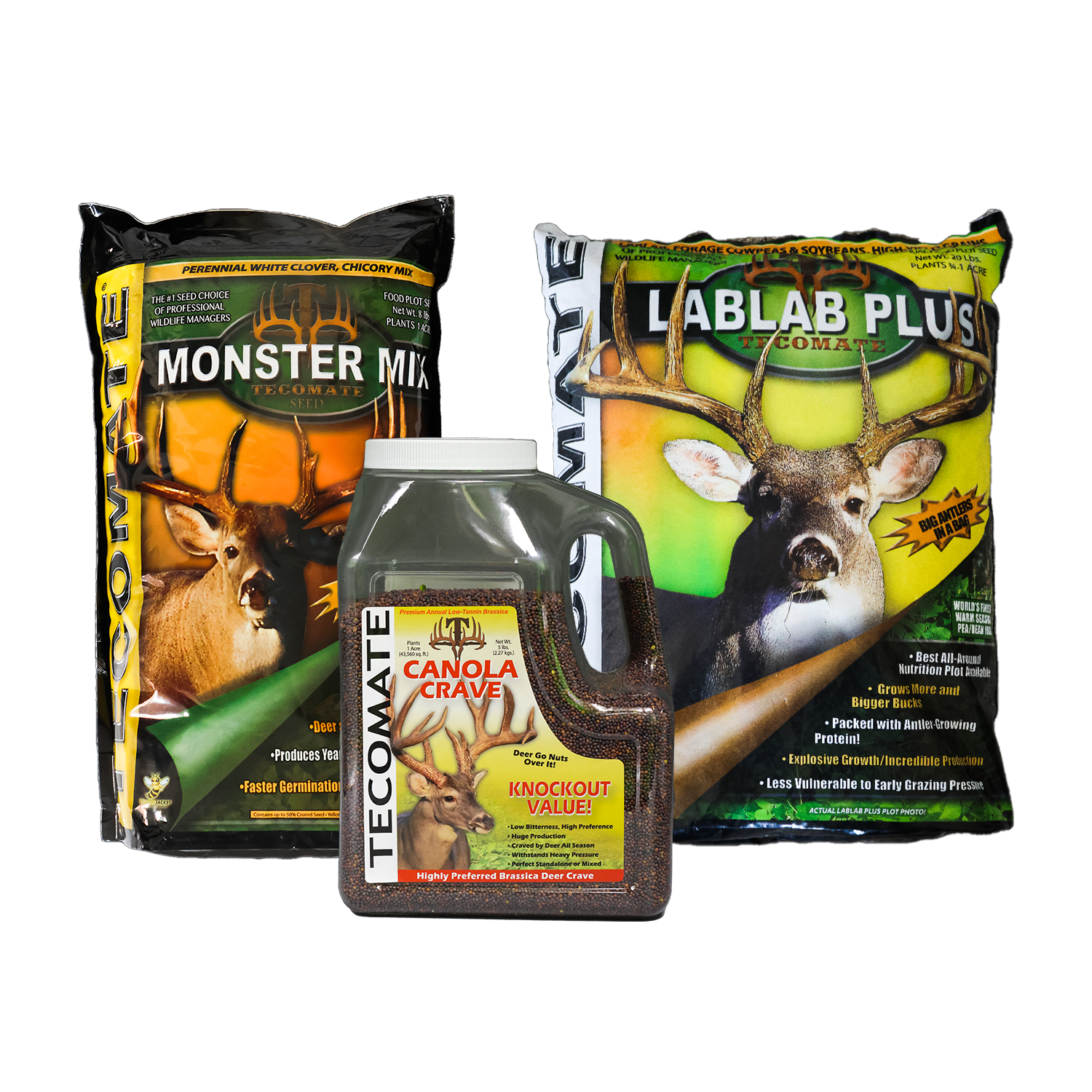
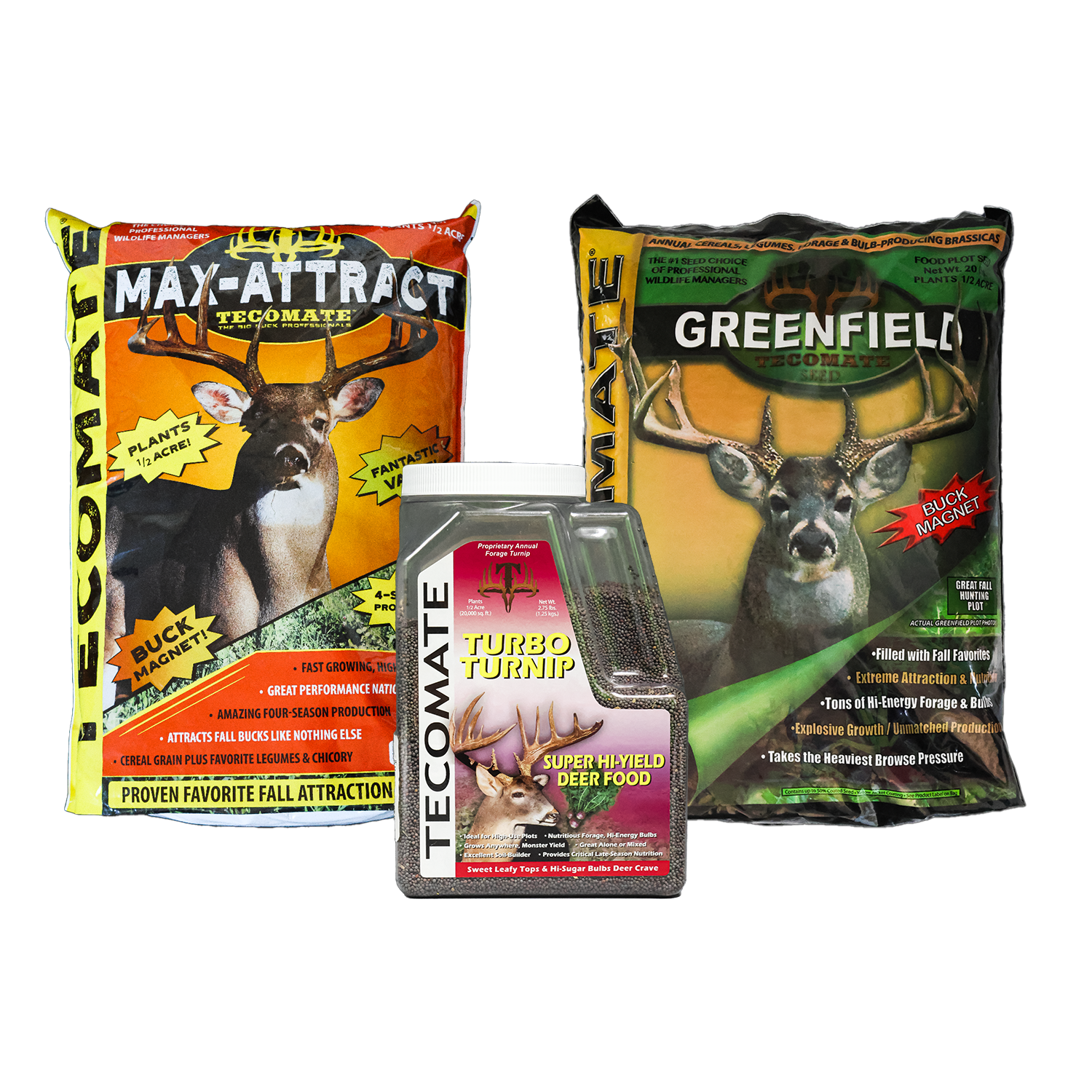
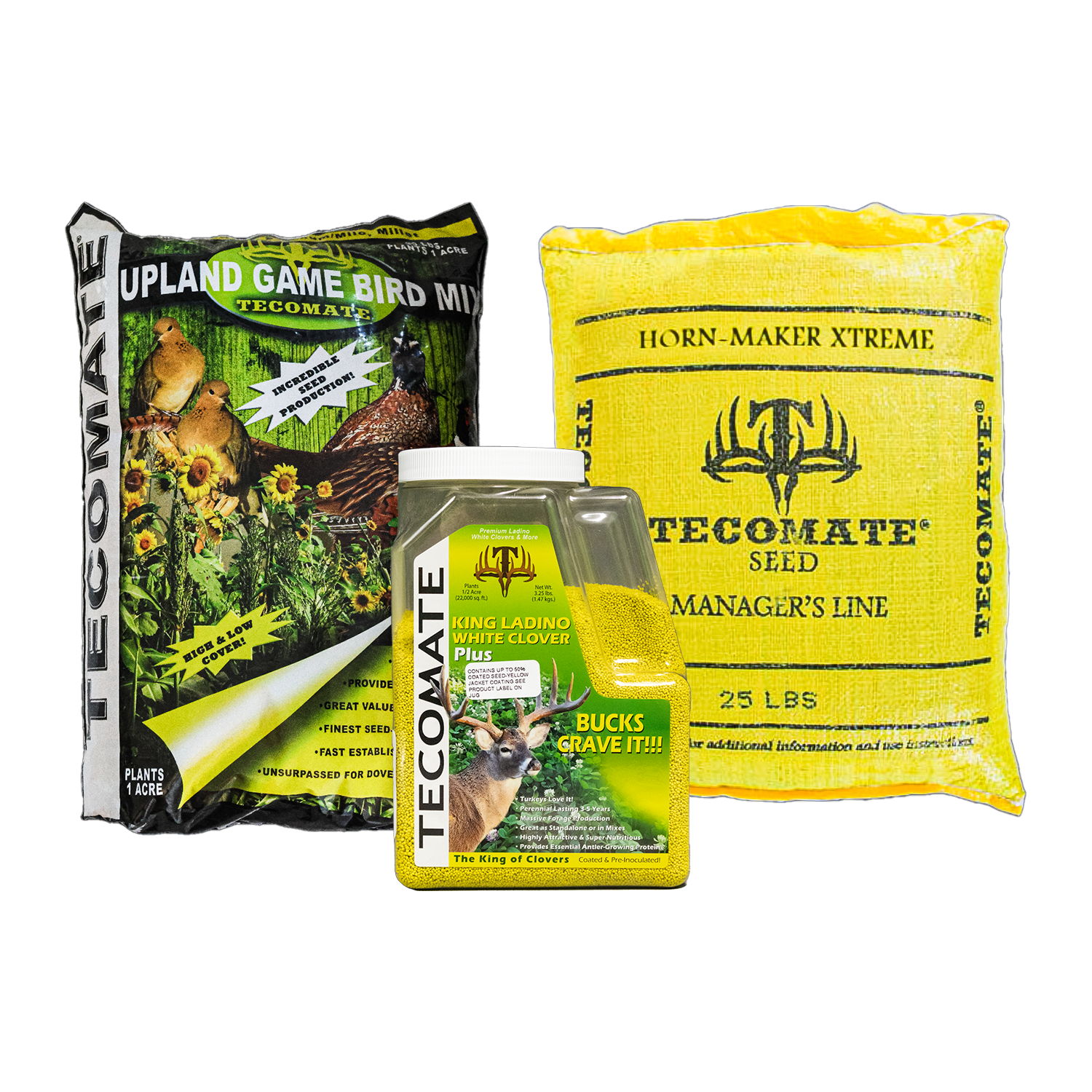
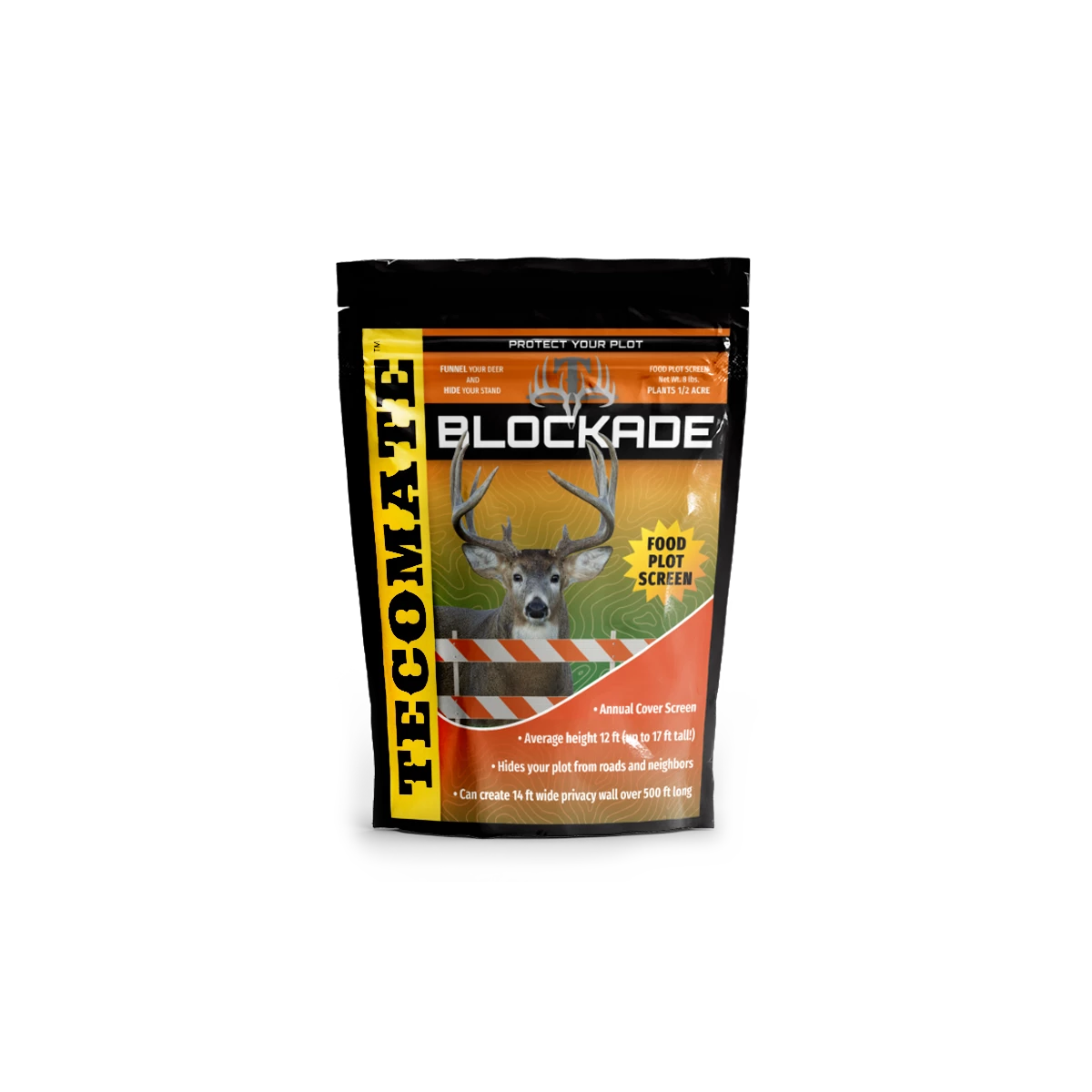
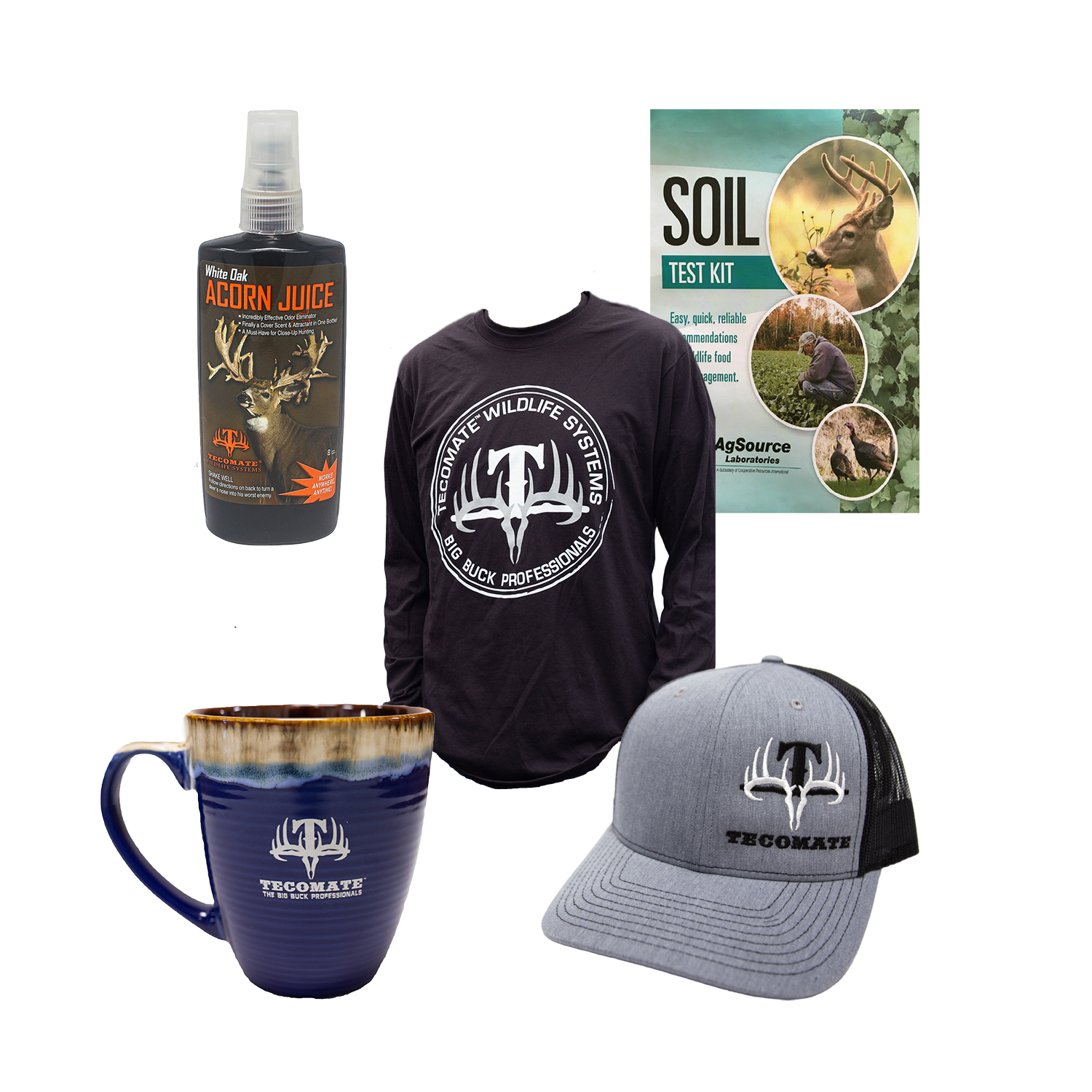
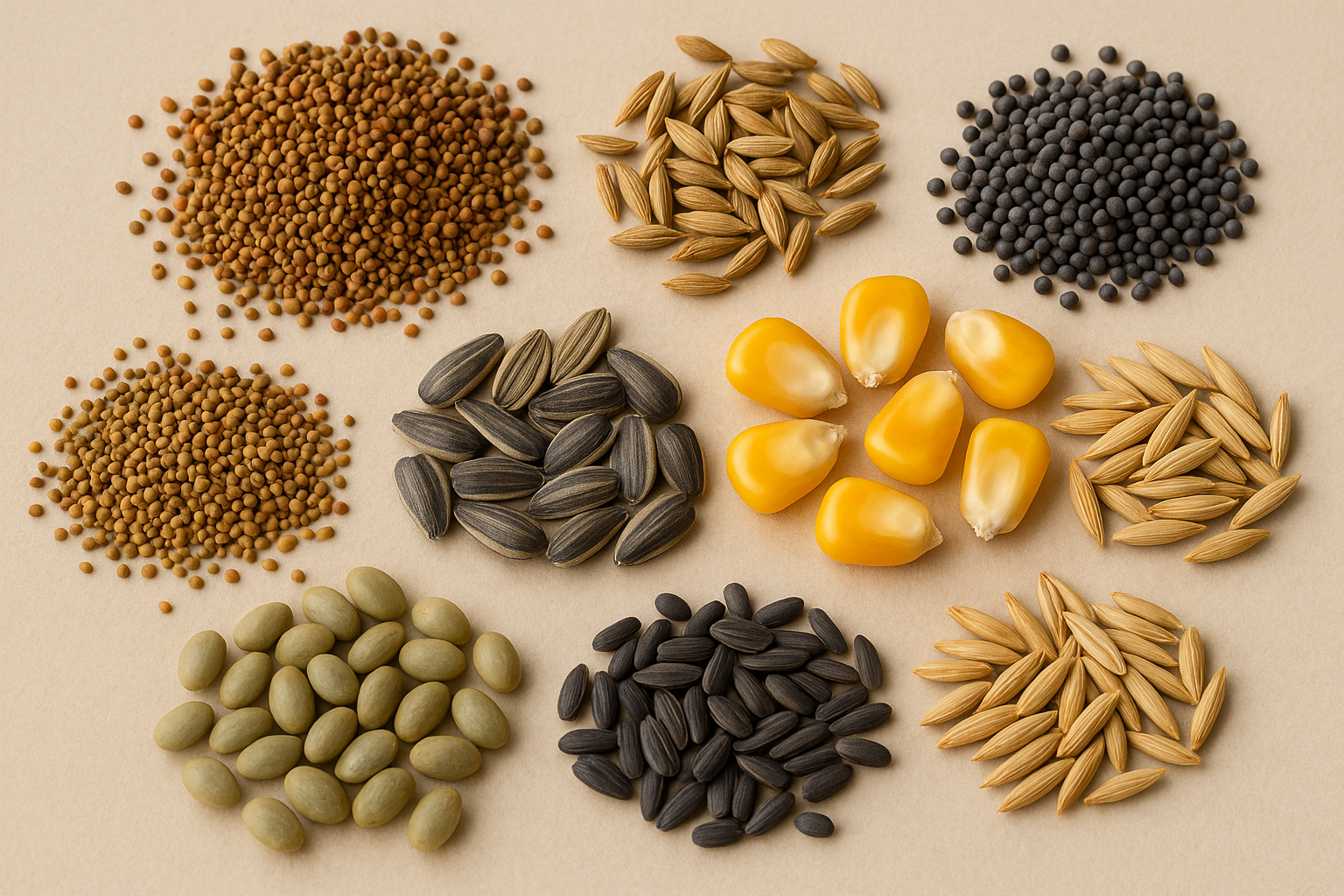
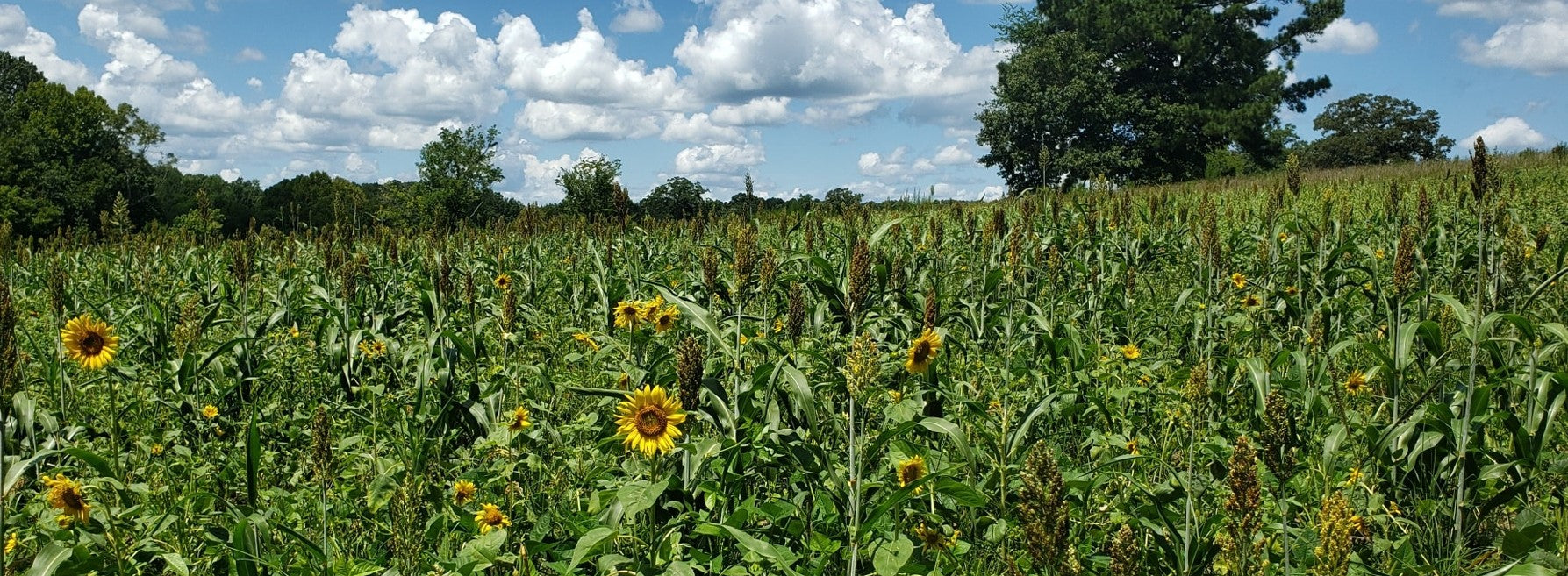
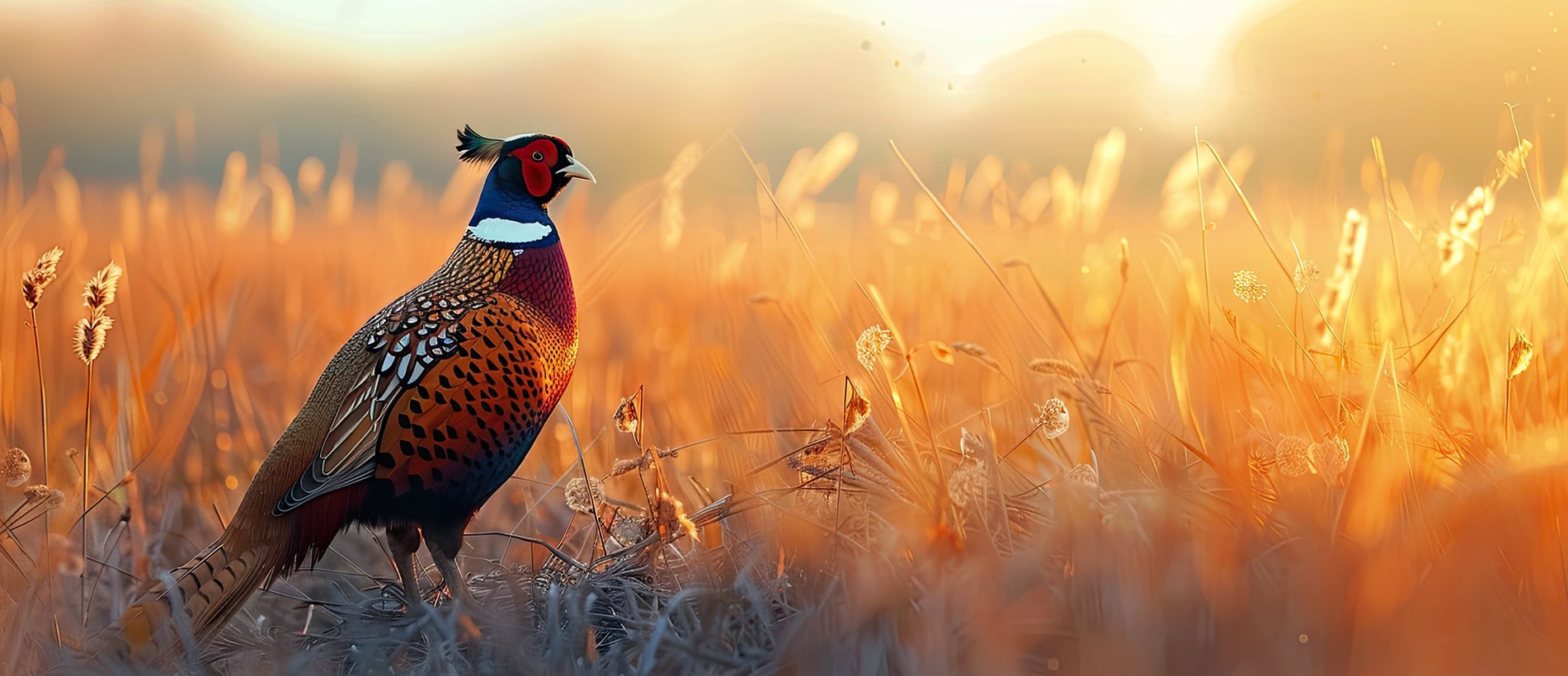

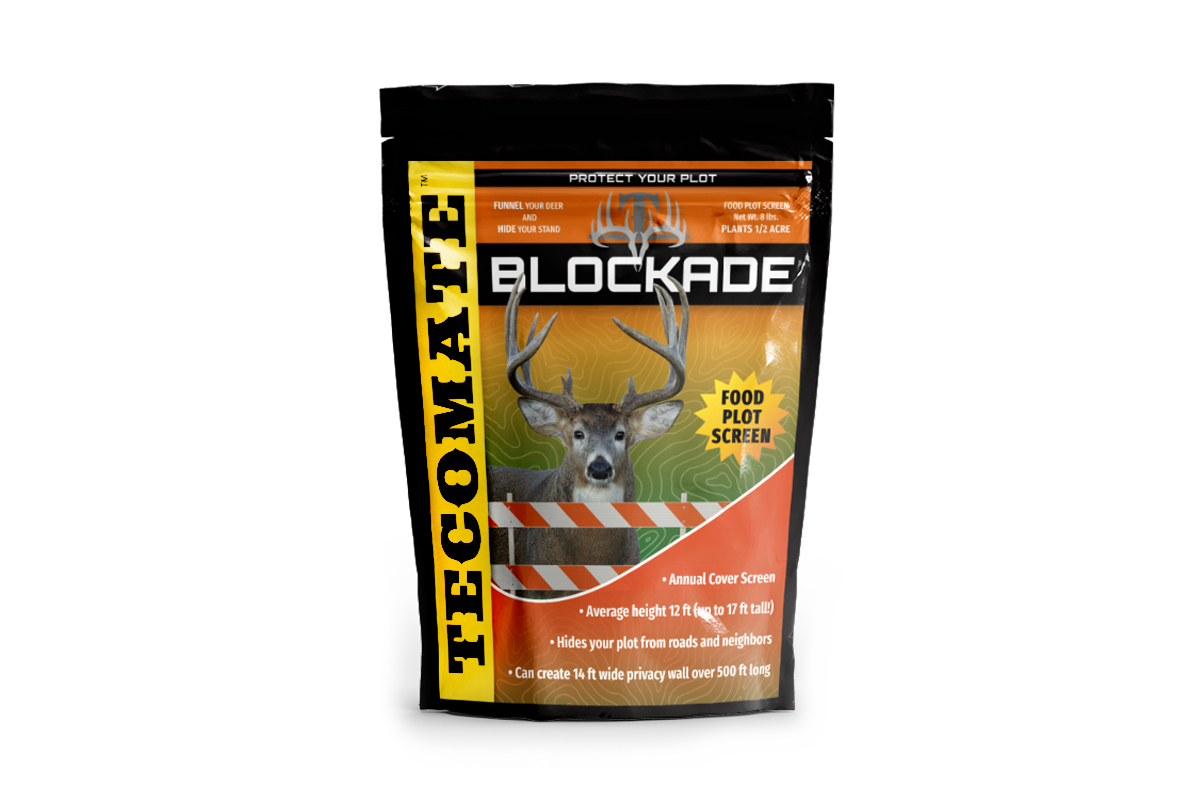

Leave a comment